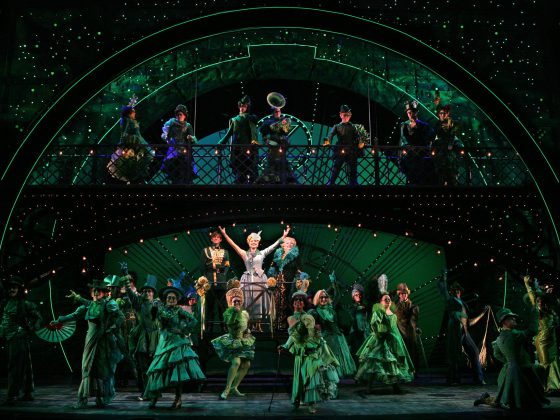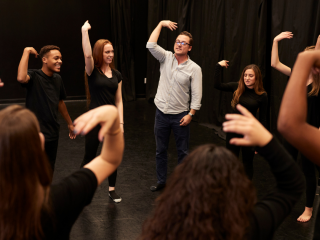It’s happened again–you were asked to self-tape for tomorrow’s audition, but it’s 10 p.m. and they still haven’t sent you the sides.
Wouldn’t it be great if you always received audition sides days in advance of your audition, so you’d have plenty of time to prepare? The reality is that most of the time you won’t. Therefore, it’s critical that you learn how to quickly crack the code of audition sides, so you are ready no matter how little time you get to prepare. So, how do you get started?
Step One: Do Your Research.
You can start researching as soon as you learn about the audition, even if you don’t yet have the sides. Look at the breakdown. Find out who the playwright/composer/lyricist/director is? What other shows have they done? What is their style? Read the whole script, if it is available. This is all important background information that can help inform your audition.

Step Two: Read Through and Highlight.
You finally got the sides in your hand. Grab a couple of highlighters and a pencil. Highlight all your character’s lines in one color and highlight any pertinent info in another color. This can be stage directions, information about time and place, dialects, or things another character says about your character. You can also make initial notes about beat changes in the scene. Although this information will surely change as you work on the scene, you only get one chance at a first impression.
Step Three: Who? Where? When? Want?
Answer these four critical questions: Who is in the scene with me (what is our relationship?), Where are we (a living room? A forest?), When does the scene take place (modern? historical?) and, most importantly, what does your character want in this scene? Your character’s “want” should be an action verb, meaning, it should be actable by your character and start with “to” (for example, “to hurt,” “to challenge,” “to manipulate.”)

Step Four: Read the Scene Out Loud.
Research shows that speaking text aloud is a more effective way to remember information than reading it silently. It will also help you hear the beat shifts.
Step Five: Elevate Your Action Verb.
The next step is to elevate your action verb. The biggest mistake most actors make coming into an audition room, is not making a big enough choice. This makes for a lot of very unoriginal readings. Remember, the people in the room are hearing the same sides read over and over. They know the script. They don’t need you to read it to them. What they are looking for is your take on the material. They want to know what you think. So be bold. This is not an easy task. But picking the right action verb and committing to it will give you a much stronger connection to the material and thus, a much better reading.
Let’s say you’re auditioning for the role of George in a production of Our Town by Thornton Wilder. The audition side is the flashback scene in Act 2 between George and Emily where, as the Stage Manager character says, “George and Emily first knew that they were meant for one another.” In the beginning of the scene, George asks Emily if he can carry her books, and Emily admits she doesn’t like the change that’s come over George in the last year. You could choose the action verb “to charm” for George, since his goal is to get Emily to like him and go out with him. But “charm” is not a particularly strong verb. Stronger action verbs like “to mesmerize” or “to lure” are both synonyms for “charm,” but both raise the stakes for the scene and make George’s “want” stronger. When looking for action verbs, challenge yourself to elevate your action verbs as high as possible and notice how doing so changes to the scene.
Step 6: The Moment Before.
The last important part of nailing your sides audition is creating a strong moment before. Sides are scenes out of context, and you may not have all the information you need to know what just happened in the moment before the scene started. In that case, you will have to improvise based on just the information you are given in the sides. Were you asked a question? Did another character make a statement? Did you just arrive and find your scene partner? Whatever that moment before is, you should use this information to connect with your scene partner who, in the case of a sides audition, is usually going to be a reader.
Is your line first? Or does the other character speak first? In either case, make eye contact with the reader before you speak. Don’t worry if the reader is not a good actor. It’s your audition—not theirs. Listen to them speak their lines. The people in the room want to see you react even when you’re not speaking. Don’t throw away that acting opportunity.
And that’s it! With these tools in your tool belt you will be ready to tackle your next sides audition, no matter how little time you have to prepare.
Check out our blog post on how to take an adjustment for more useful audition tips!














